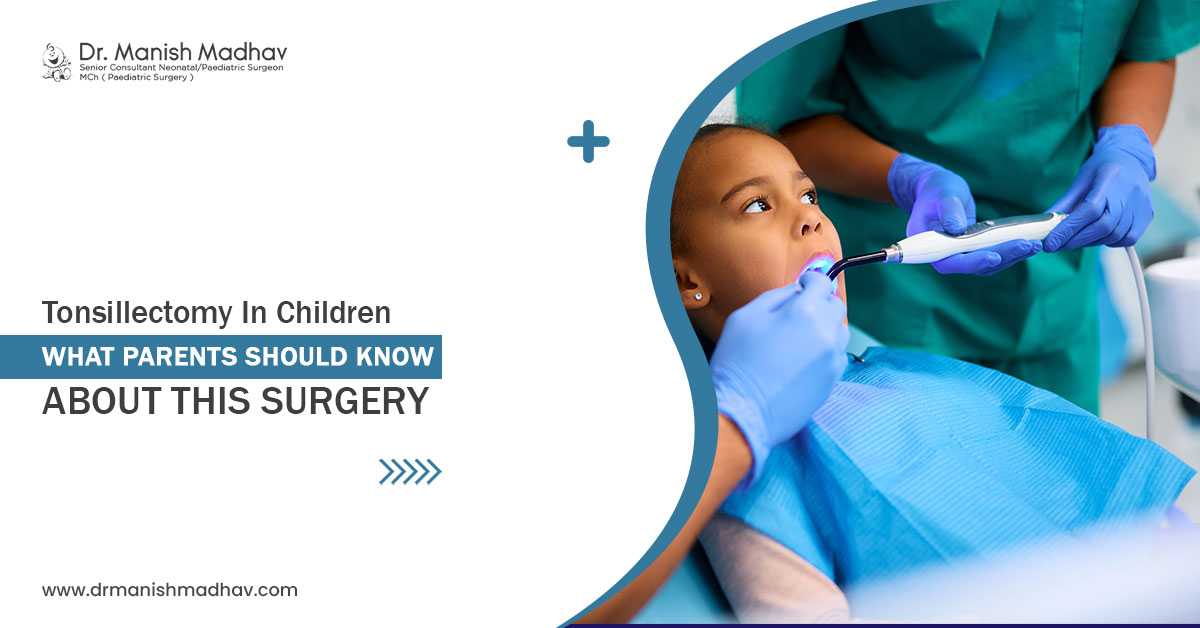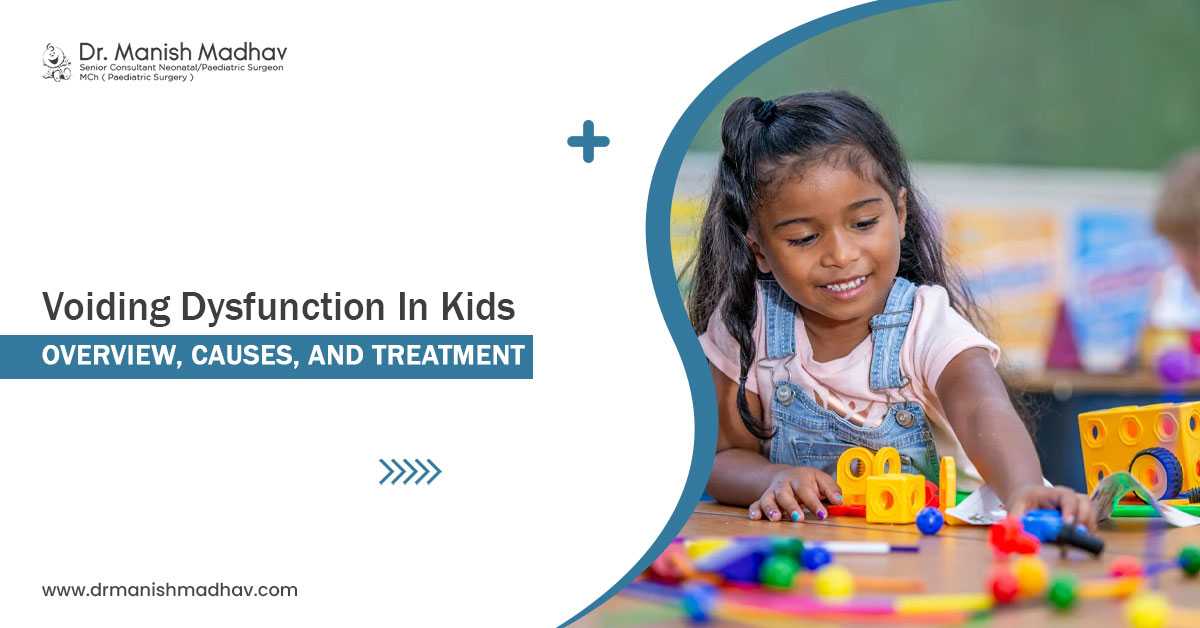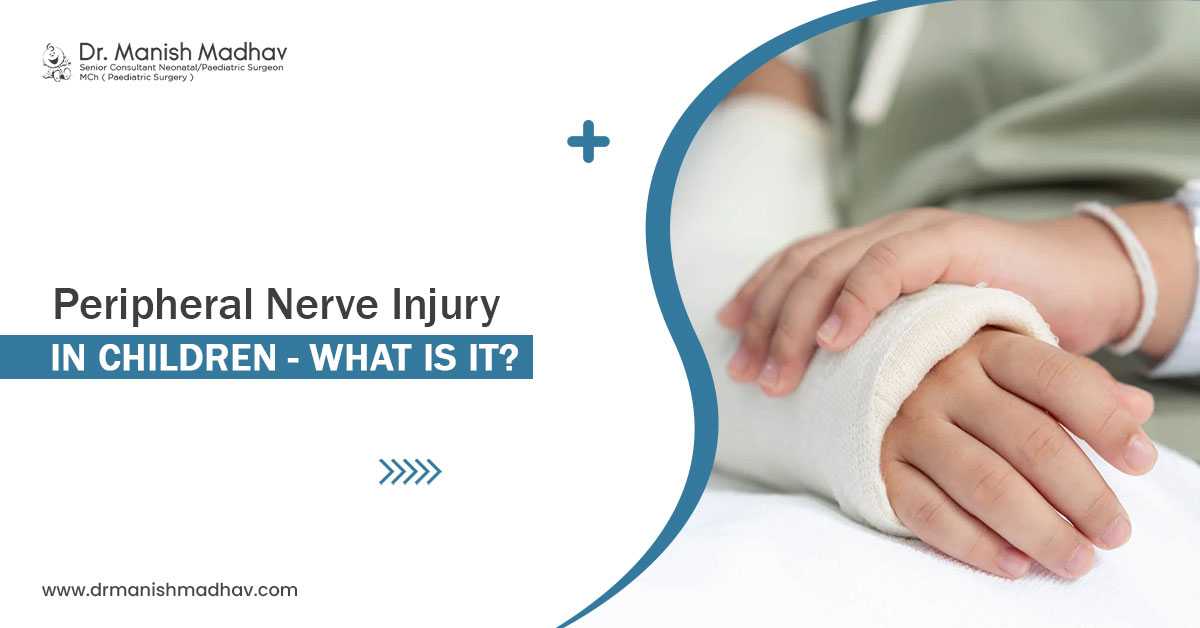Tracheoesophageal Fistula (TE Fistula) is a rare birth defect that occurs at the stage when the fetus is developing in the mother's uterus. This birth disorder happens when the trachea and esophagus develop as one single tube and the walls separating the two do not form properly. There are surgery options for the treatment of TE fistula. Doctors conduct such newborn surgery in Siliguri with immense care and specialization. Know more below.
What Exactly Is Tracheoesophageal Fistula?
TE fistula is a birth disorder where the esophagus, also known as the tube connecting the throat to the stomach and the trachea or the tube connecting the throat to the lungs, get combined.
Due to such abnormality, often swollen food or liquids get inhaled into the child's lungs. Even feeding directly to the stomach may result in reflux or aspiration of the stomach food and acid.
Esophageal atresia, another birth defect, often accompanies Tracheoesophageal fistula. With this condition, the esophagus tube often develops into two segments, one connecting the throat and another connecting the stomach.
However, these tubes fail to connect the two segments. Therefore, the milk or food the baby consumes fails to pass through the esophagus and reach the stomach.
Symptoms of Tracheoesophageal Fistula
If your baby has TE fistula alone without esophageal arterial, then symptoms remain hidden during birth. In later years, some evident symptoms are
- Coughing
- Lung infections
- Digestive problems
If your child has both the conditions of TE Fistula and Esophageal Arterial, then symptoms include:
- Choking while swallowing
- Constant coughing
- Breathing issues
- Frothy, white bubbles in the mouth
- Blue colored skin
- Round or full abdomen
Diagnosis And Treatment For TE Fistula
To confirm whether your baby has TE Fistula, doctors will recommend a thorough physical examination. That is, checking the medical history, image studies, and X-rays of the chest and abdomen region. Based on that, treatment suggestions are provided.
Surgical intervention is the most reliable way of fixing the TE Fistula and/or esophageal atresia. The surgery is based on factors like the type of abnormality, the medical history of the baby, a second opinion or suggestions from other surgeons, and the Parents' opinion.
The surgery is conducted to correct the condition with the posterior tracheostomy with bronchoscopy. Tracheoesophageal Fistula is a serious condition that needs immediate treatment.
There are professional doctors to handle such newborn surgery in Siliguri with a higher success rate and provide post-surgery care. In most cases, the surgery has a fairly high success rate without the chances of reoccurrence of TE Fistula in the future.
However, children having a history of TE Fistula have a higher risk of showing acid reflux, Barrett's esophagus, and other concerns. As a way out, they are recommended to undergo routine endoscopy for life.




